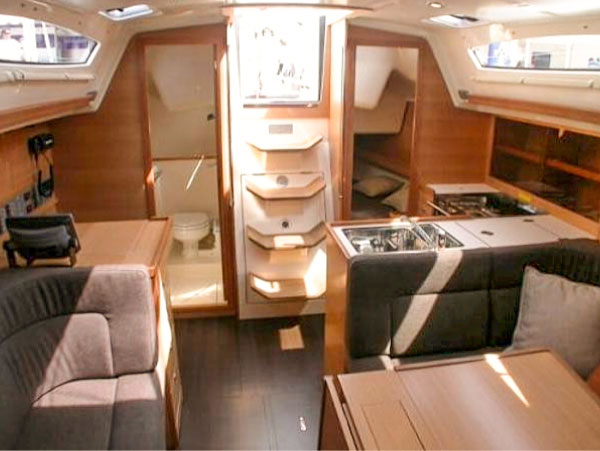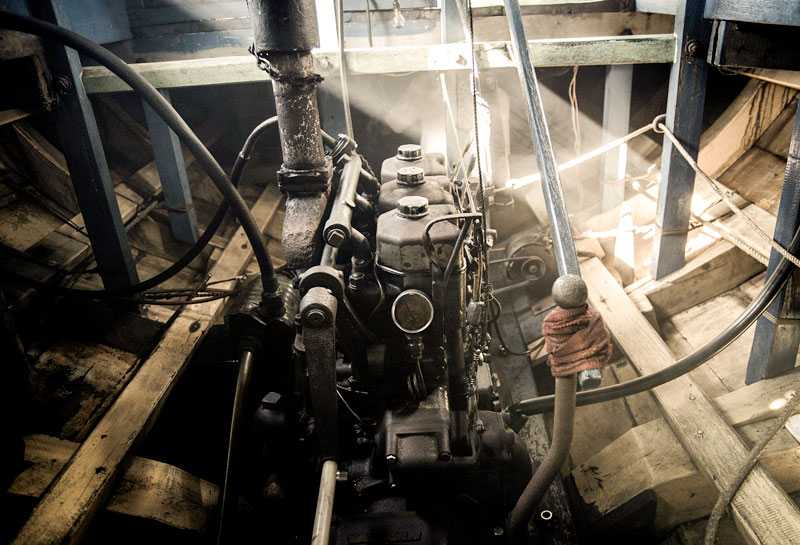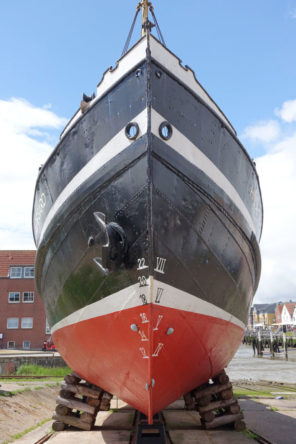” Has this boat been on charter?”. If the answer is yes, the potential buyer will turn his nose, mouth and eyes up, showing all his disgust in continuing a negotiation focusing on a boat that, in its recent or distant past, has been used for rental and is therefore a boat that “has worked hard”.
In general terms, I 
It is true that a boat owned by a private owner is used, on overage, about 30 days a year, that is about 4 weeks, while charter boats are generally used from 15 to 20 weeks a year in order to be as profitable as possible.
It follows that the ratio between the use of a private boat and that of a charter one ranges from 1 to 4 or even times; two years after the launch, the first will be two years old while the second will certainly look six or even eight years older. So, what to do? Is it just a question of money?
Basically yes because, as I have seen with own eyes, a never-ending series of variables determine a spectrum of possibilities that have a considerable role in establishing the real advantage of a purchase.

Let’s start from the most evident ones that, located inside, show the conservation status of furniture while, outside, it is sufficient to take a look at textile cables, like halyards and sheets.
Steps leading to the dinette will be certainly more consumed and the seat closest to the staircase will feature worn-out upholstery because of all the clods that, waiting for their berth to be assigned, hit their “luggage” that is not always a “sailor’s bag”.
It might seem strange but, almost always, sails are under perfect conditions because, in most cases, the engine has worked harder than one might expect on a sailboat.
A charterer 
Moreover, considering that people usually don’t like waking up early in the morning when they are on holiday, it is easy to imagine that the sailing day will not start before 9:00 am; in order not to lose the best berth or shelter in a bay, navigation is likely to finish at four in the afternoon.
Supported by high pressure, land breeze dies down between ten and eleven in the morning and thermal wind blows only after three in the afternoon; consequently, charterers (… and many boat owners, too) sail mainly under power, suffering in the hottest hours of the day and complaining about the total absence of wind.

This aspect becomes less important when boats are offered for rental with the option of having a professional sailor on board because, in this case, the crew is more likely to have been cathechized and have received a greater stimulus to navigate under sail under the strict supervision of the skipper who, in his turn, has promoted a more careful use of the “auxiliary” motor.
After making sure that electronic equipment (where available) and deck rigging work properly, the last thing to do is a final definitive check that cannot be sidestepped when you are about to buy any boat, regardless of its size or type ( sailboat, rowboat or motorboat).
Boats 
Since sellers always guarantee in words that boats are “ok”, it is customary that negotiations are completed like a poker game: who says ” I see” pays but can reverse the burden on the bluffer.
When the transaction goes fine, haulage and launch are always charged to the buyer but can also be at the seller’s expense when, once the boat has been put out of the water, the buyer notices ” things that are detrimental to boat safety” or clear traces of osmosis.
As I have already said, all boats, especially used charter ones, need to be checked in their lower part in order to make sure that they don’t have the famous “rockfish” commonly found in the waters of Croatia.
Fair wind!






























One Response
I like your boat tips. I need a new charter. We plan to sail in Mexico.